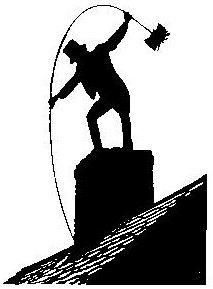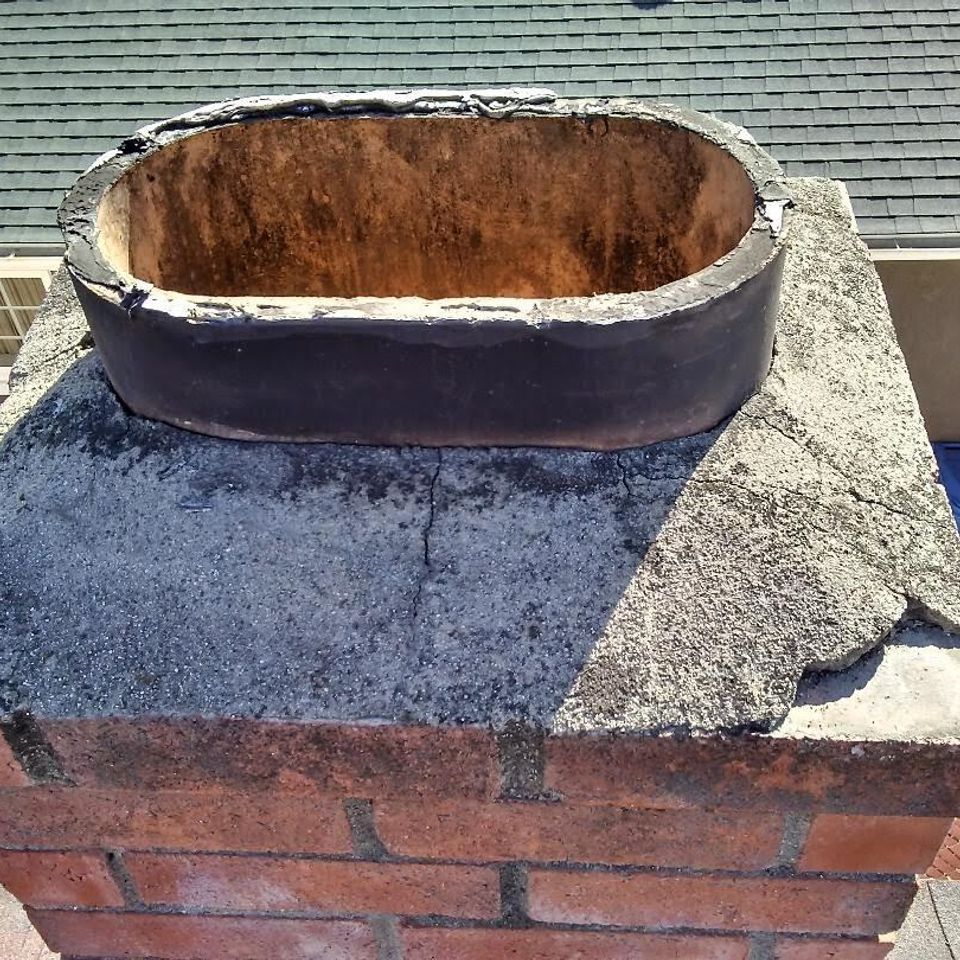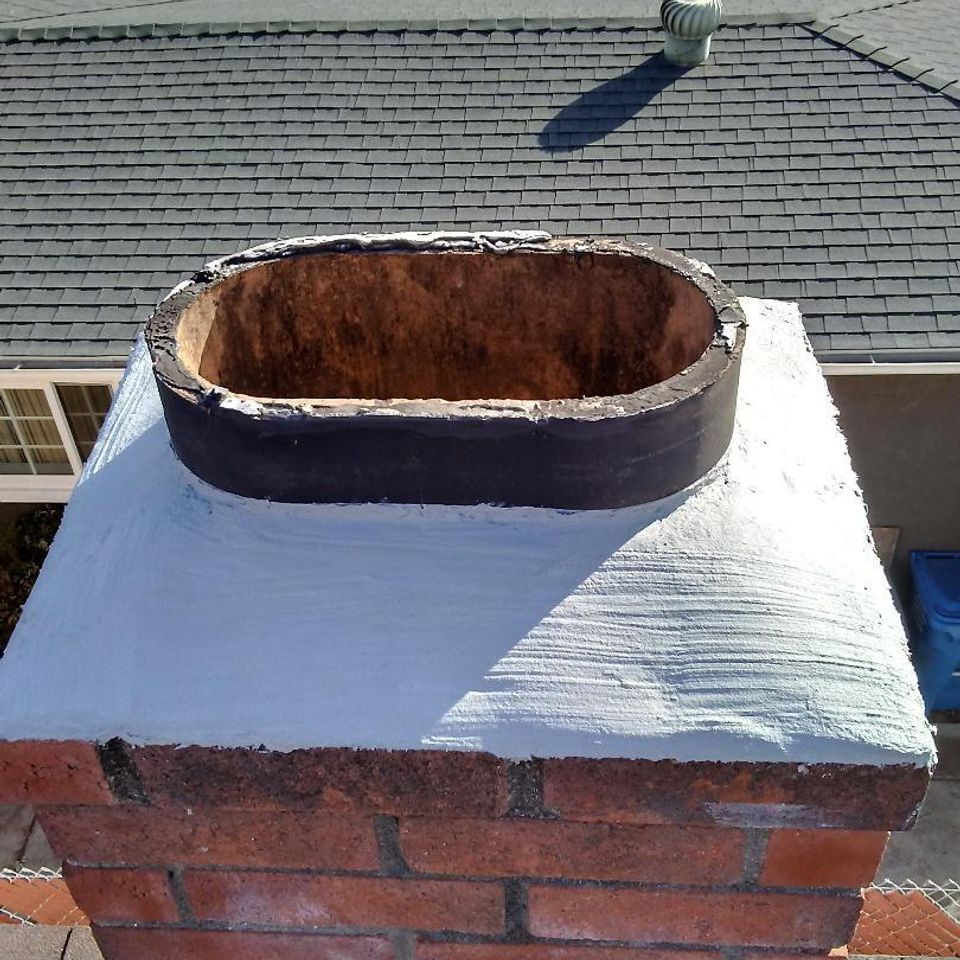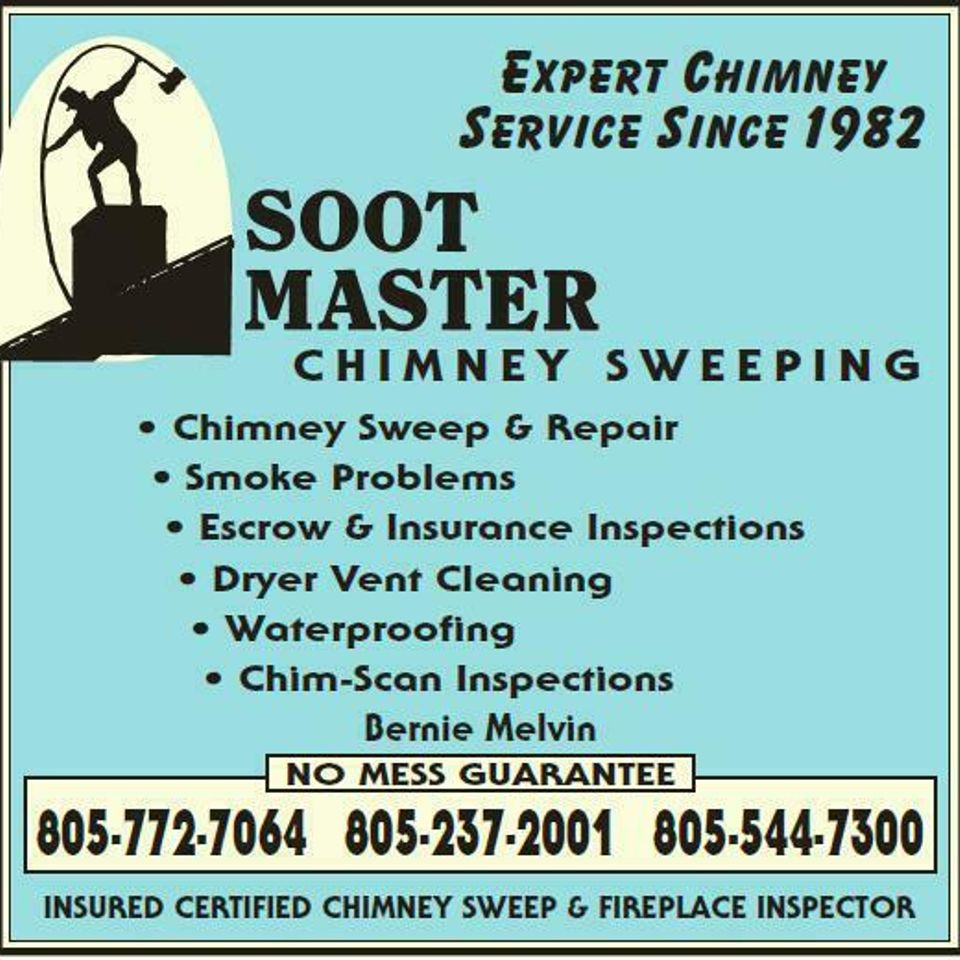WHY ANNUAL CHIMNEY INSPECTIONS ARE IMPORTANT
An annual chimney inspection is important to ensure the safe operation of your chimney and wood burning device. A dirty chimney is not only a safety hazard but can also negatively affect the performance of your fireplace, stove or insert. Each time you burn wood, creosote and other byproducts deposit residue inside of your chimney. Over time, this buildup of residue can begin to restrict the flue opening causing multiple issues from draft problems to unpleasant smells and even a chimney fire. The National Fire Protection Association recommends a professional chimney sweep clean your chimney flue after each burning season. Routine sweeping and maintenance can help ensure safe and problem free burning year after year.
An annual chimney inspection is important to ensure the safe operation of your chimney and wood burning device. A dirty chimney is not only a safety hazard but can also negatively affect the performance of your fireplace, stove or insert. Each time you burn wood, creosote and other byproducts deposit residue inside of your chimney. Over time, this buildup of residue can begin to restrict the flue opening causing multiple issues from draft problems to unpleasant smells and even a chimney fire. The National Fire Protection Association recommends a professional chimney sweep clean your chimney flue after each burning season. Routine sweeping and maintenance can help ensure safe and problem free burning year after year.




